Is Your Boss a Seagull? Understanding and Tackling the Seagull Management Style | The People Performance Podcast
Have you ever experienced a manager who swoops in, leaves chaos in their wake, and then flies off again? You might be dealing with a "seagull manager." This term vividly describes a problematic management style that can negatively impact team morale and productivity.
What is Seagull Management?
Seagull management, as Tracy Roberts and Spencer Locker discuss on The People Performance Podcast is characterised by a manager who "flies in, drops a load of stuff, and flies out again." This colourful analogy highlights the disruptive nature of such managers. Their actions often leave employees feeling confused and burdened with the task of cleaning up the mess.
The Different Types of Seagull Behaviour
The podcast hosts identify a couple of variations of seagull management:
The "Classic" Seagull: This type of manager storms in, creates disruption, and leaves without offering support or solutions.
The Idea-Snatching Seagull: This manager takes employees' ideas and claims them as their own, often without giving credit to the originator.
The Impact of Seagull Management
The seagull management style can have several negative consequences in the workplace:
Decreased Morale: Employees may feel undervalued, frustrated, and stressed due to the manager's disruptive behaviour.
Reduced Productivity: Time and energy are wasted cleaning up the manager's "mess" instead of focusing on productive tasks.
Increased Stress and Burnout: The constant anticipation of the manager's next disruptive visit can create a tense and stressful work environment, potentially leading to employee burnout.
Addressing Seagull Management
While dealing with a seagull manager can be challenging, there are strategies to mitigate its impact:
Awareness and Identification: Recognising the seagull management style is the first step. Understanding the behaviours and their effects can help employees develop coping mechanisms.
Communication and Feedback: When appropriate, providing constructive feedback to the manager can be helpful. This should be done tactfully and with specific examples of the problematic behaviour.
Setting Boundaries: Establishing clear boundaries can help protect employees from the negative impact of seagull management. This might include limiting availability outside of work hours or pushing back on unreasonable demands.
Focus on Solutions: Instead of dwelling on the problem, employees can focus on finding solutions and taking initiative to improve the situation.
For Managers: Avoiding Seagull Tendencies
The episode also offers advice for managers who want to avoid exhibiting seagull behaviour:
Self-Awareness: Managers should be mindful of their actions and their impact on their team.
Consider Timing and Delivery: Managers should carefully consider when and how they communicate new ideas or directives.
Channelling Creativity: Creative ideas should be channelled constructively rather than impulsively "dumped" on the team.
Active Listening: Engage in active listening and show empathy towards team members.
Why Listen to the Podcast Episode?
T2’s Tracy Roberts and Spencer Locker offers a deep dive into the "seagull management" concept, providing valuable insights and practical strategies. It's a worthwhile listen for anyone who wants to:
Gain a comprehensive understanding of the seagull management style, including its various forms and underlying causes.
Learn to identify the specific behaviours associated with seagull management, enabling you to recognise and address them effectively.
Acquire actionable strategies to cope with the negative impact of seagull management, both as an employee and as a manager.
Discover proactive techniques for managers to avoid exhibiting seagull tendencies and foster a more positive and productive work environment.
Benefit from expert perspectives and practical advice on improving communication and managing workplace dynamics.
Listen on Apple Podcasts, Spotify, Youtube or anywhere you find podcasts
Conclusion
Seagull management is a disruptive style that can negatively impact workplace dynamics. By understanding the characteristics of seagull managers and implementing strategies to address their behaviour, employees can create a healthier and more productive work environment. For managers, self-awareness and mindful communication are key to fostering a positive and supportive team dynamic.

